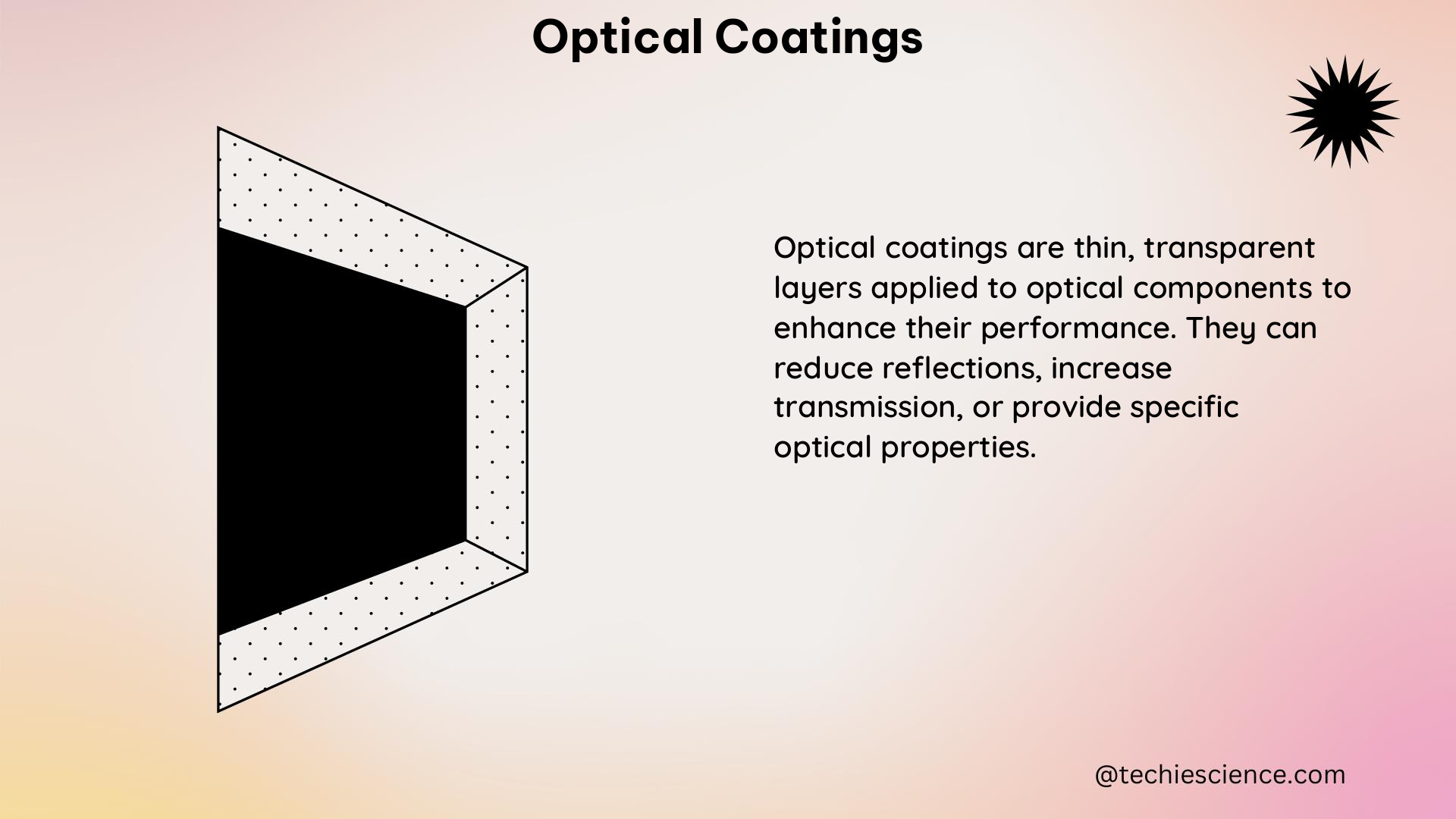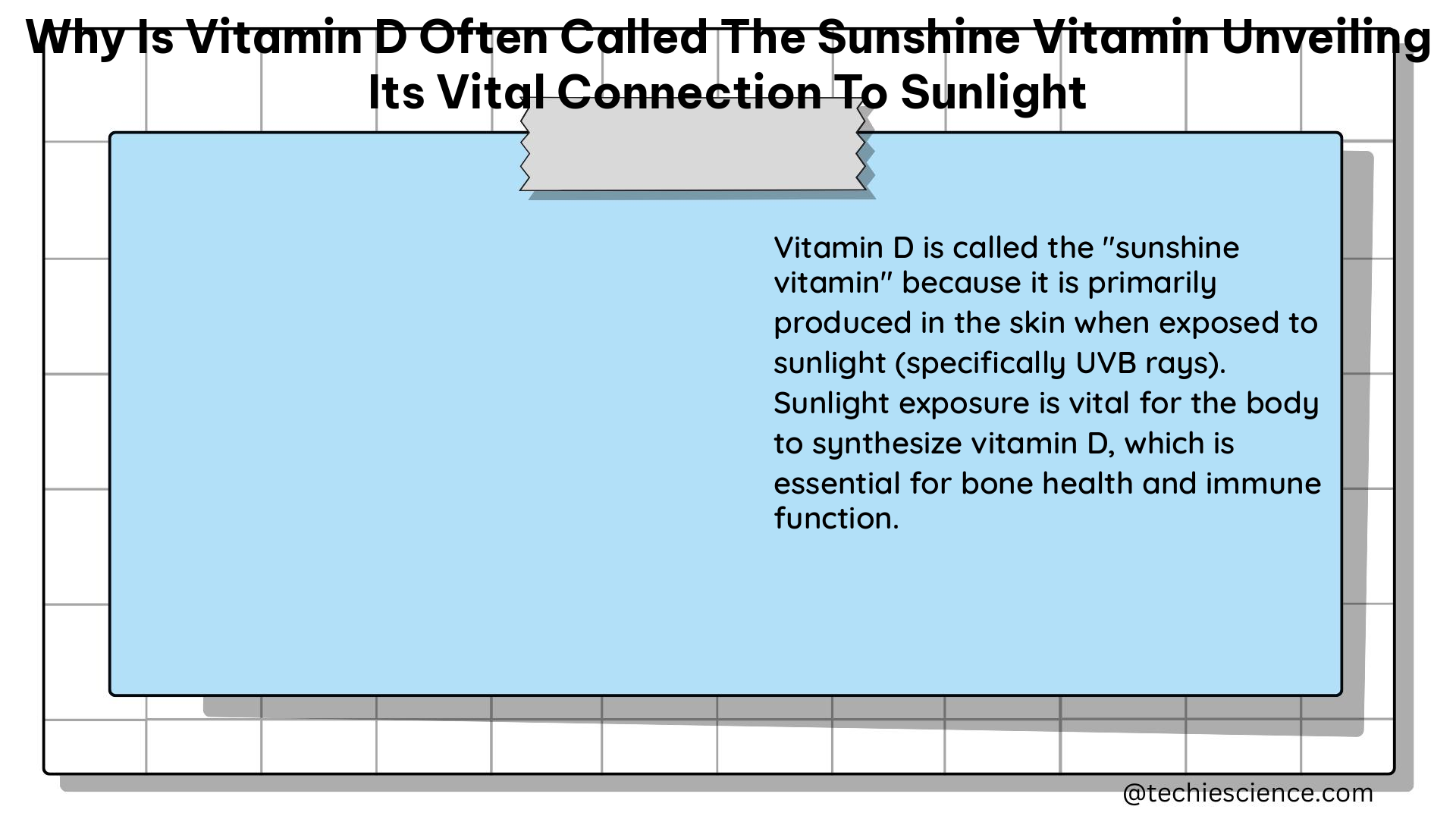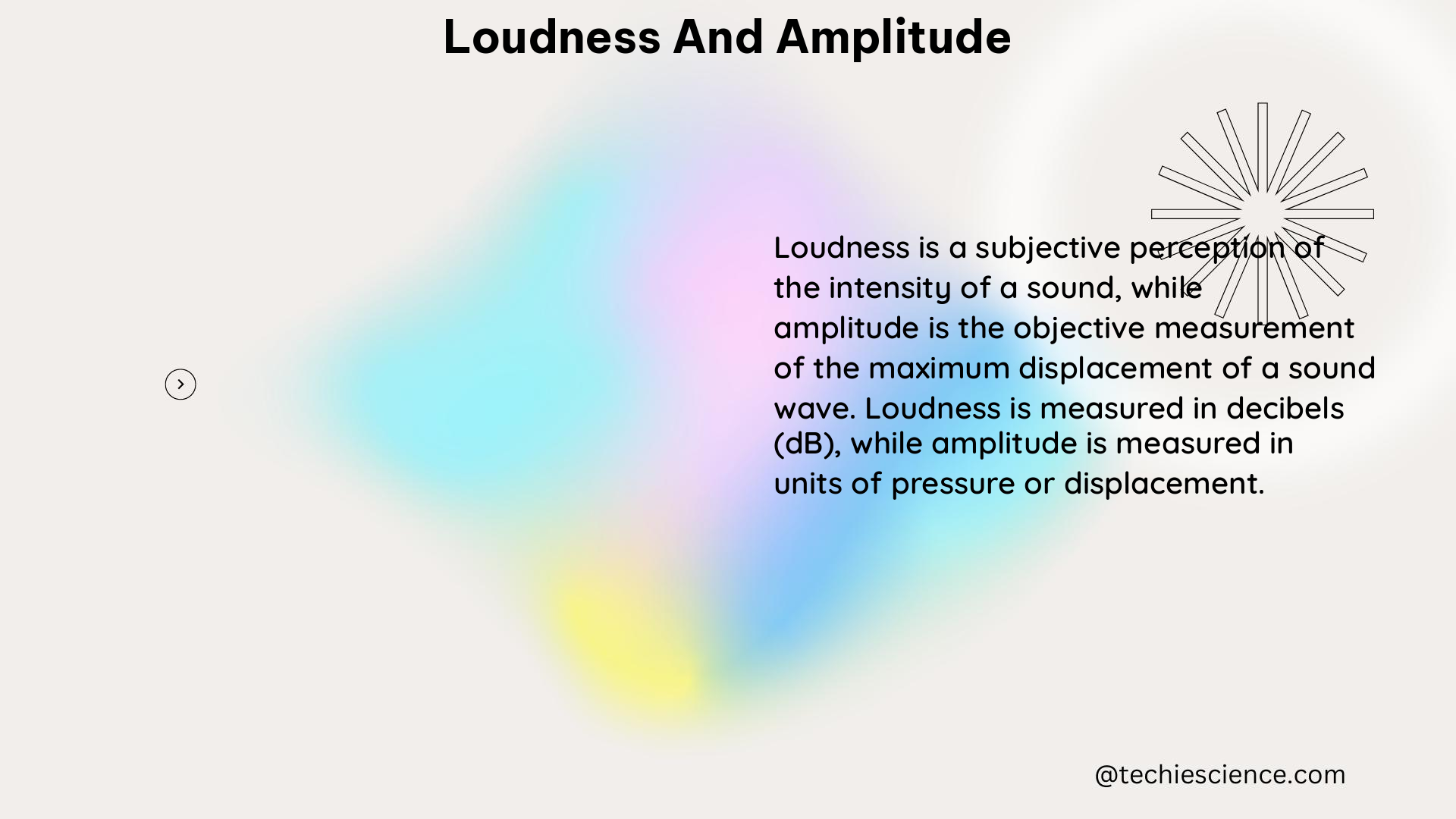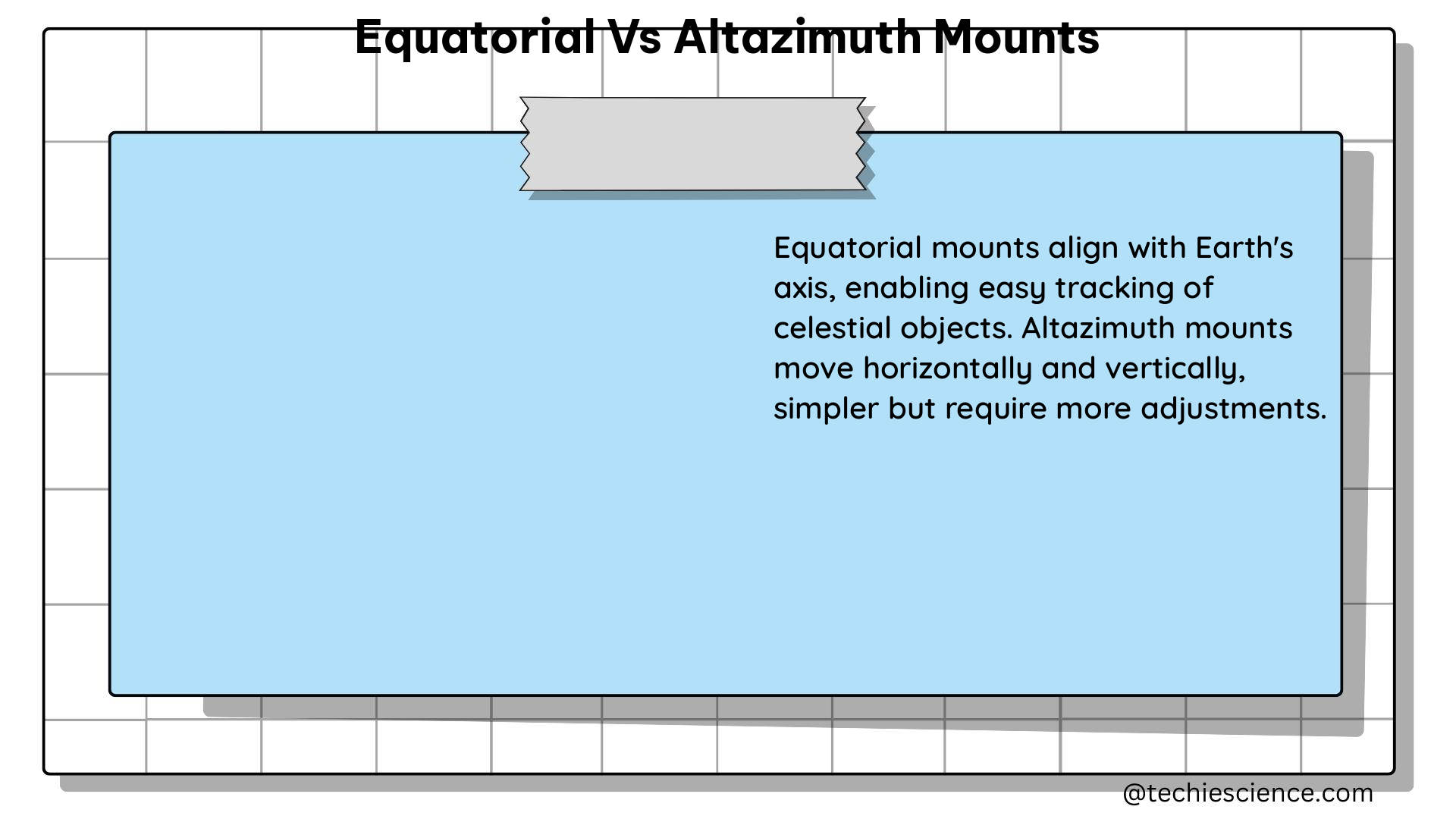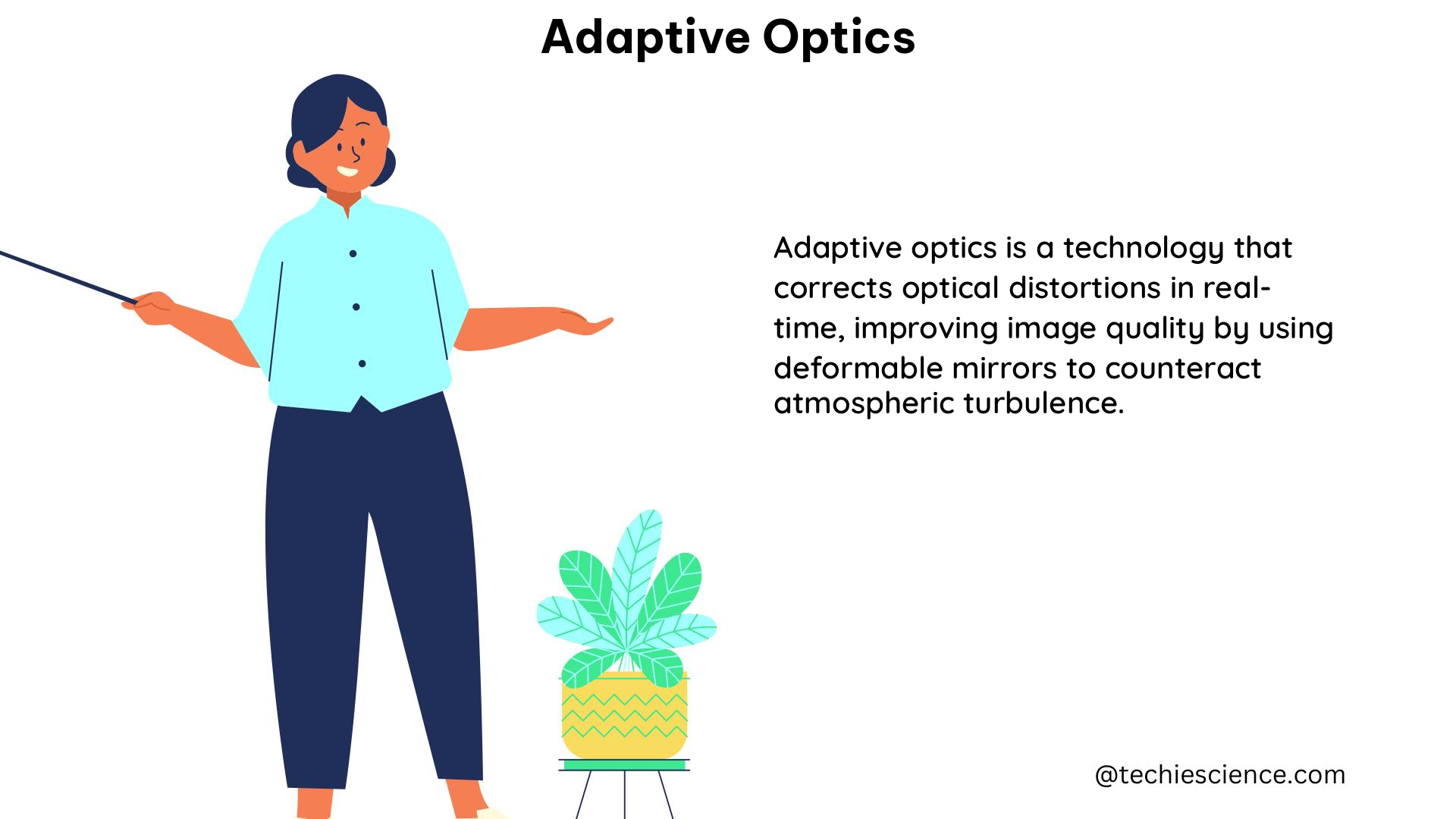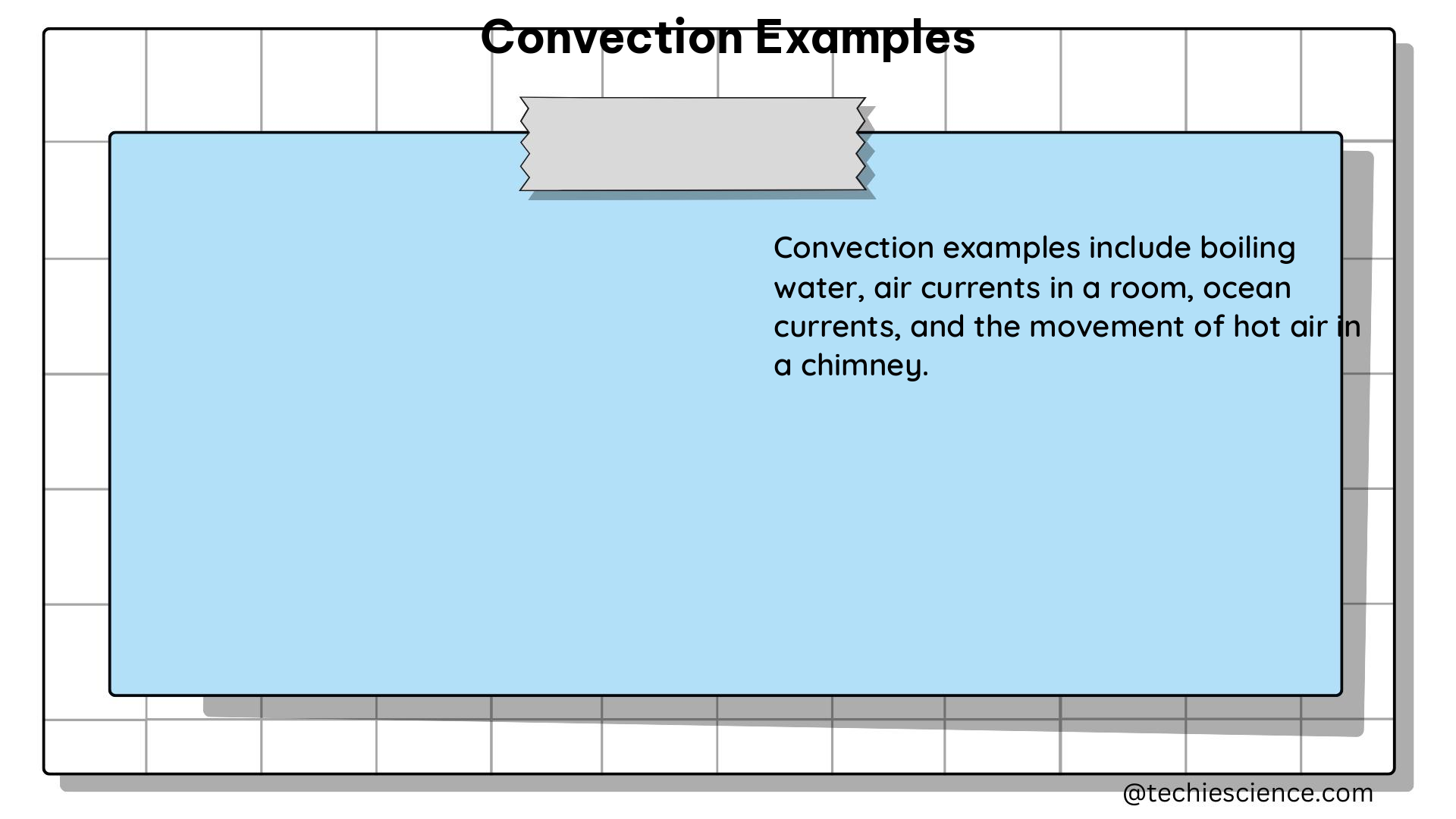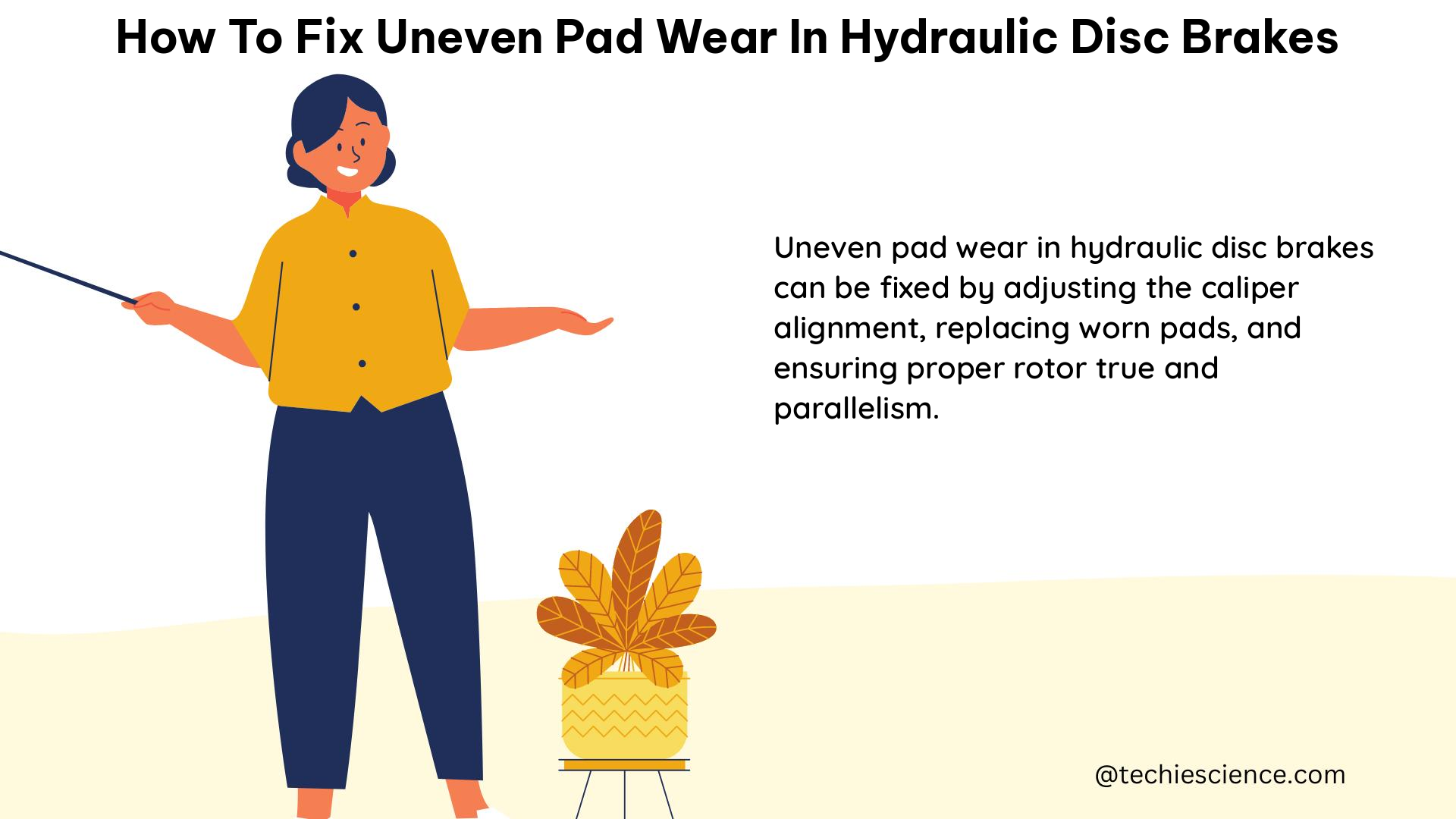Optical Coatings: A Comprehensive Guide for Physics Students
Optical coatings are thin layers of materials applied to the surface of optical components, such as lenses, mirrors, and windows, to modify their optical properties. These coatings play a crucial role in various applications, including consumer electronics, solar energy, medical devices, and aerospace. As a physics student, understanding the principles, technologies, and measurement techniques of … Read more
